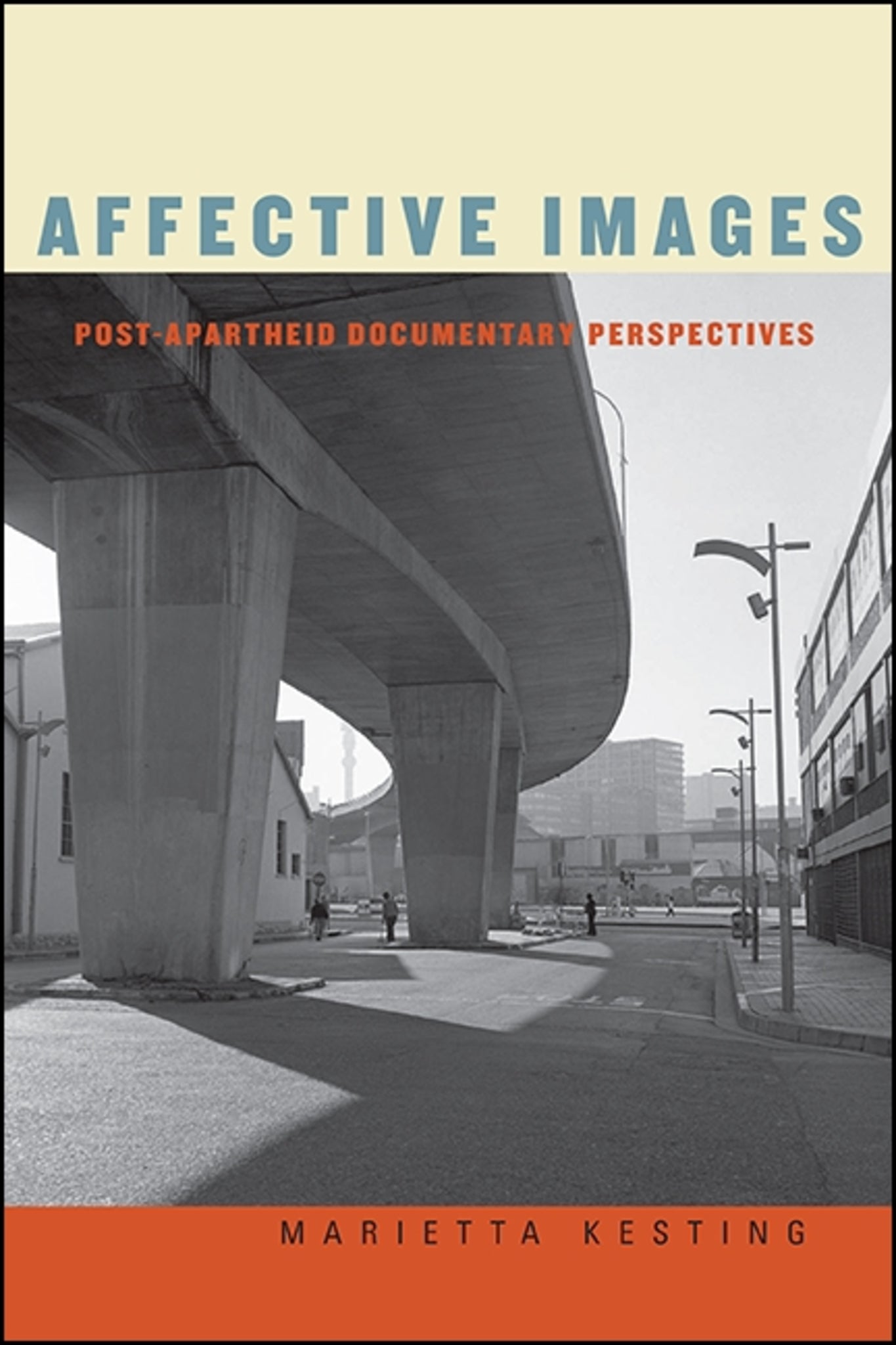We're sorry. An error has occurred
Please cancel or retry.
Affective Images

Some error occured while loading the Quick View. Please close the Quick View and try reloading the page.
Couldn't load pickup availability
- Format:
-
02 July 2018

Explores intervisual case studies in relation to migration, xenophobia, and gender.
Affective Images examines both canonical and lesser-known photographs and films that address the struggle against apartheid and the new struggles that came into being in post-apartheid times. Marietta Kesting argues for a way of embodied seeing and complements this with feminist and queer film studies, history of photography, media theory, and cultural studies. Featuring in-depth discussions of photographs, films, and other visual documents, Kesting then situates them in broader historical contexts, such as cultural history and the history of black subjectivity and revolves the images around the intersection of race and gender. In its interdisciplinary approach, this book explores the recurrence of affective images of the past in a different way, including flashbacks, trauma, "white noise," and the return of the repressed. It draws its materials from photographers, filmmakers, and artists such as Ernest Cole, Simphiwe Nkwali, Terry Kurgan, Thenjiwe Niki Nkosi, Adze Ugah, and the Center for Historical Reenactments.
This book is freely available in an open access edition thanks to Knowledge Unlatched-an initiative that provides libraries and institutions with a centralized platform to support OA collections and from leading publishing houses and OA initiatives. Learn more at the Knowledge Unlatched website at https://www.knowledgeunlatched.org/.


"Kesting has done much in her circumspect, thoughtful account of South African images of social conflict, encompassing the human rights issues of economic abjection, political resistance, gender-based violence, immigration, national and ethnic identity, and the fomenting of attacks by the dispossessed upon the dispossessed … Kesting's important study makes the South African situation both accessible and exemplary, and should be of significant value to scholars and students surveying a wider range of contrasting but comparable geographical and political landscapes." — Journal of the Royal Anthropological Institute
"Throughout the book, the rich and detailed descriptions of photographs and films are a strong asset, speaking of Kesting's sensitivity towards images … Kesting takes an innovative approach to analyse the country's visual culture and to rearrange its established orders … Kesting therefore offers readers a new understanding of South Africa's visual culture and opens up the field to also examine the more recent use of images (for instance on social media) while relating them to historic examples of the twentieth century." — Sehepunkte
"In its focus on lens-based media, the book not only tackles some of the questions around the visuality of migration and xenophobia, but also does so using the media (photography and film) that are probably the most complicit in the visual witnessing and translation within this field." — Rory Bester, coeditor of Rise and Fall of Apartheid: Photography and the Bureaucracy of Everyday Life
List of Illustrations
Acknowledgments
Introduction
1. Mapping Context and Place
2. Affective Images
2.1. Photographs of Black Suffering and Violence
2.2. Affective Images in the "New" South Africa
3. Burning Questions
3.1. The "Burning Man"
3.2. The Afterlife of Nhamuave’s Photograph
photo gallery follows page 118
4. Photographic Speech Acts
4.1. Migrant Life and the Image
4.2. Documentary Participatory Photography and Politics
5. In/Visibilities and Reenactments
5.1. De-identification and Multiplication?
5.2. From Documentary to Fiction—and Back: District 9
6. Conclusion: Affective Images of Belonging
Notes
Glossary
Bibliography
Filmography
Index



